As I rode out of town, a couple people asked if I was cycling to Kigali, then wished me a safe journey. In the countryside, I passed hundreds of people but it was more than 20 minutes before I heard the word Mzungu. There was still a bit of shouting, whistling and hissing but it was a couple orders of magnitude less than in western Uganda, a very welcome respite.
It was a misty morning but that cleared up as soon as I began to climb up into the mountains. The views down into the valleys were impressive. Not for nothing is Rwanda called the land of a thousand hills!



I took a break partway up the second long climb of the day. As I was packing up and getting on the bike, I saw something I haven’t seen in a long time: a cyclist in Lycra! I’d heard Rwanda had a bit of a cycling culture and here was the proof. We cycled together for the rest of the climb. He didn’t speak any English or French, which I find surprising – usually recreational cyclists are wealthy, which would correlate with speaking the country’s official languages. His name may have been Anakret, or that could be Kinyarwanda for “I don’t understand the question.”
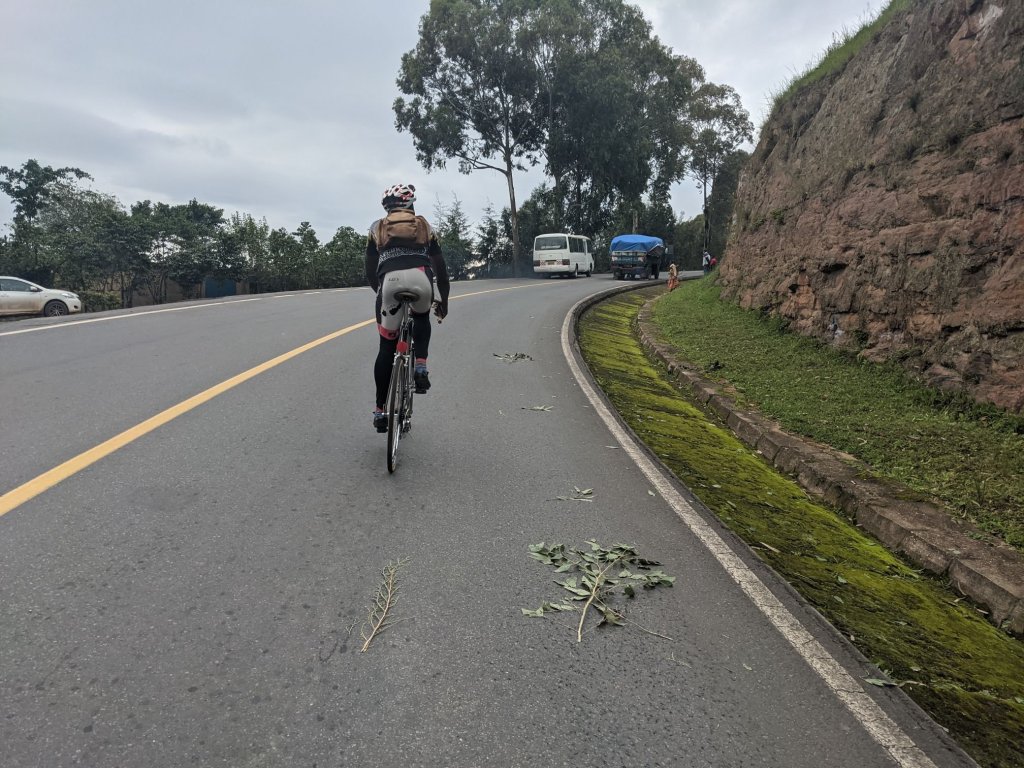

When it came time for the descent he disappeared into the descent. I’m a relatively cautious downhill rider, and stopped for a couple photos besides.

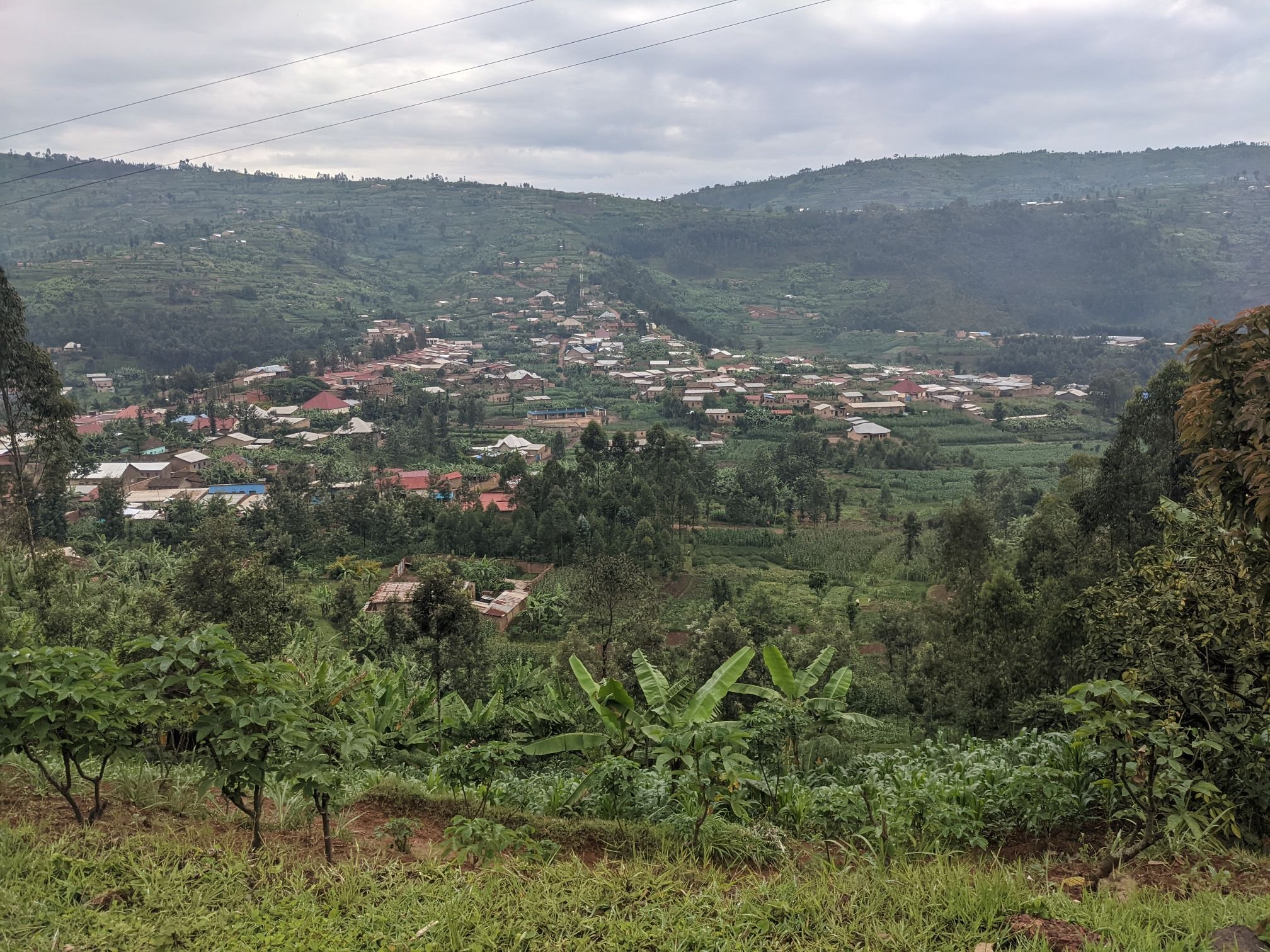
I saw a few more cyclists heading in the other direction. Before long I could see Kigali, Rwanda’s capital.
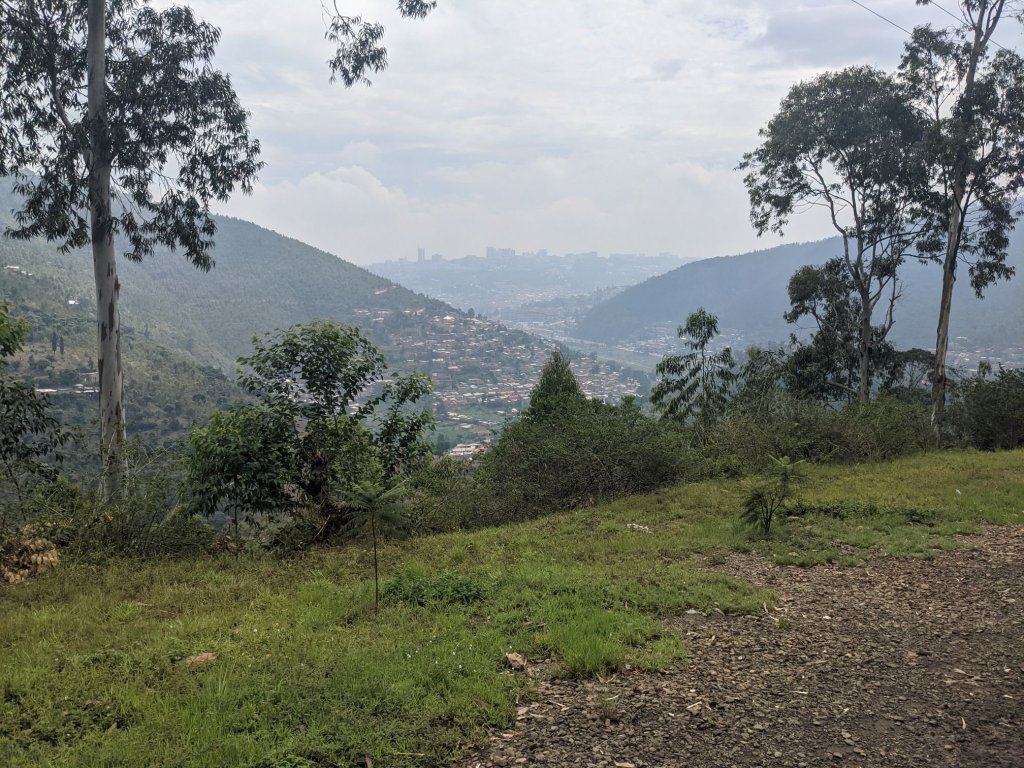
I cycled into the city, then up – steeply up – into the centre to visit a bike shop. I got a new bottle cage, a new star nut for my headset, new bibs, and some new jockey wheels for my rear derailleur.
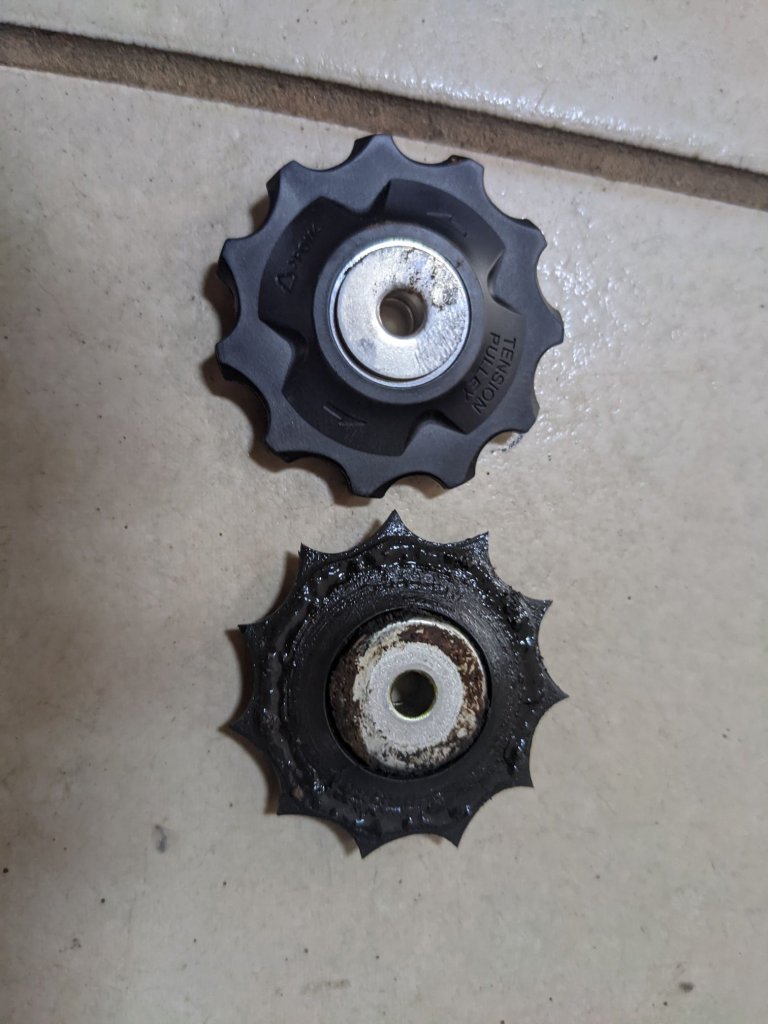
I descended back down to the river that winds through Kigali, and to a hotel on the other side of the river. For the last few days, my drivetrain had been feeling a bit off. It still felt off having replaced the worn jockey wheels, and I had a closer look. I found that my chain was remarkably worn, the worse I’ve seen – and it was only about 2000 km old. I messaged the bike shop and they had one in stock, so I planned to pick it up the next day.
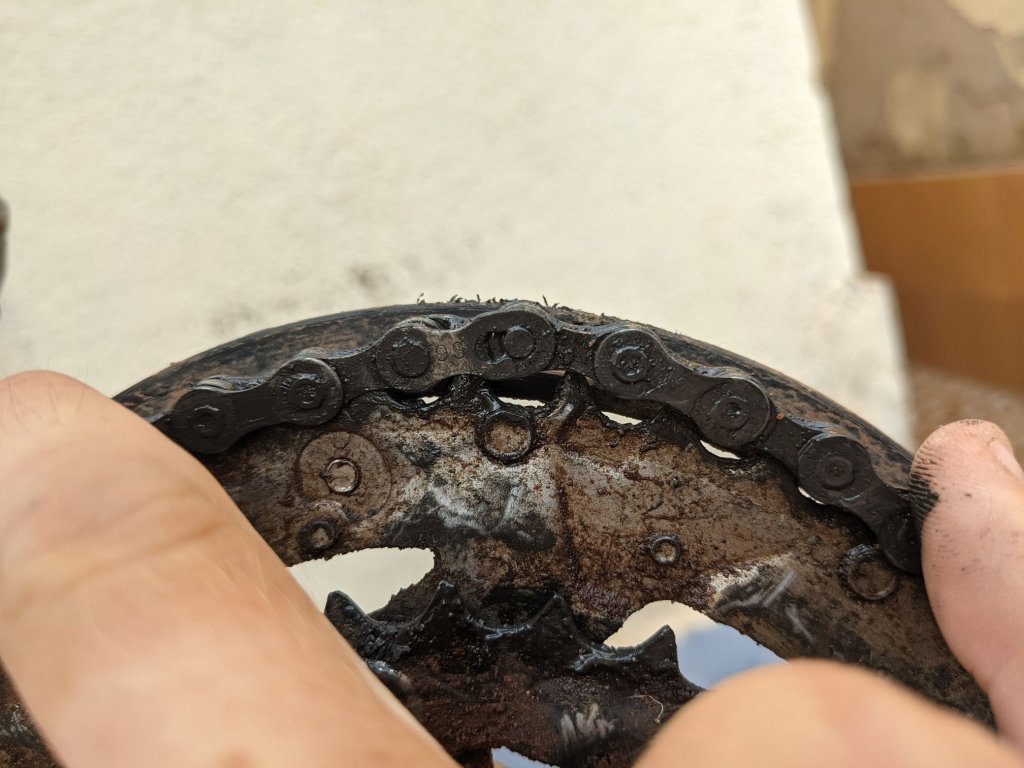
I had a lie-in the next morning, as I waited for the Burundian embassy to open. I made my way over at 9 and applied for a visa – a very quick process: filling in a simple form, and handing over a passport copy and photo. Unusually, payment isn’t made until one receives the visa, and I could hold onto my passport. However, they said it would take a week to process the application. I’ve heard they’re usually processed on Wednesdays – I handed mine in on a Friday. Either way, it would be quite a wait, so I planned to ride a loop around western Rwanda in the meantime.
Before that, I made my way to the Kigali Genocide Memorial. This blog probably isn’t the place to go into detail about the genocide but I would encourage people to read up on it. The memorial was done; lots of video testimonies from survivors were moving – tales of families wiped out, turned over to genocidal militias by friends and neighbours.
As always in such places, I find the stories of children to be the most impactful. In the “Children’s Room,” there are photos of children with accompanying factsheets. Things like “Name: Patrice. Age: 5. Favourite toy: car. Favourite drink: Fanta. Best friend: his dad. Cause of death: hacked to pieces with machetes.”
I stopped at the bike shop again to replace my chain, then rode out of Kigali. I was now on Rwanda’s biggest road – not exceptionally busy, but busier than those the day before. There was usually a shoulder, but sometimes this was replaced by a pavement for pedestrians, with a raised curb. In these cases passing traffic give absolutely no room for cyclists; one truck hit my handlebars as it passed.

I rode up and down through rolling hills for a few hours until I reached the town of Muhanga and made my way to a guesthouse.


I was only on tarmac for a few kilometres the next morning before turning off onto dirt roads. My new bottle cage broke after an hour. There were constant ups and downs with minimal traffic – not counting bicycles. In villages there was usually some shouting at the Mzungu, but between them, people generally just stopped whatever they were doing and watched me. A few ran away, a few demanded money.
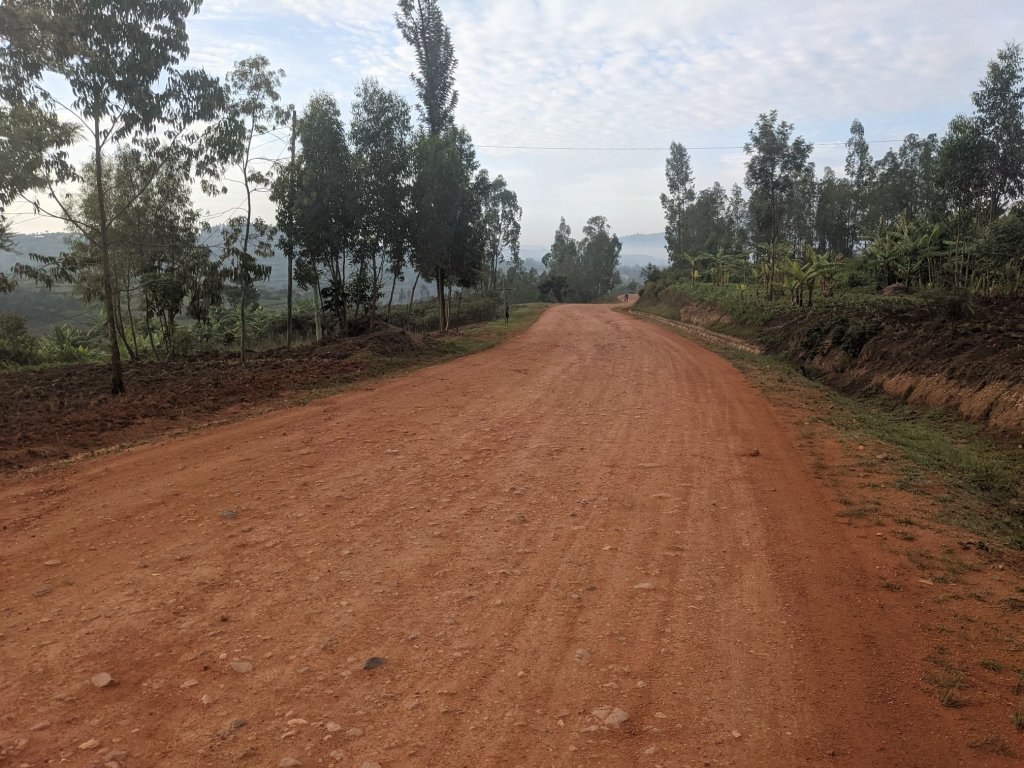
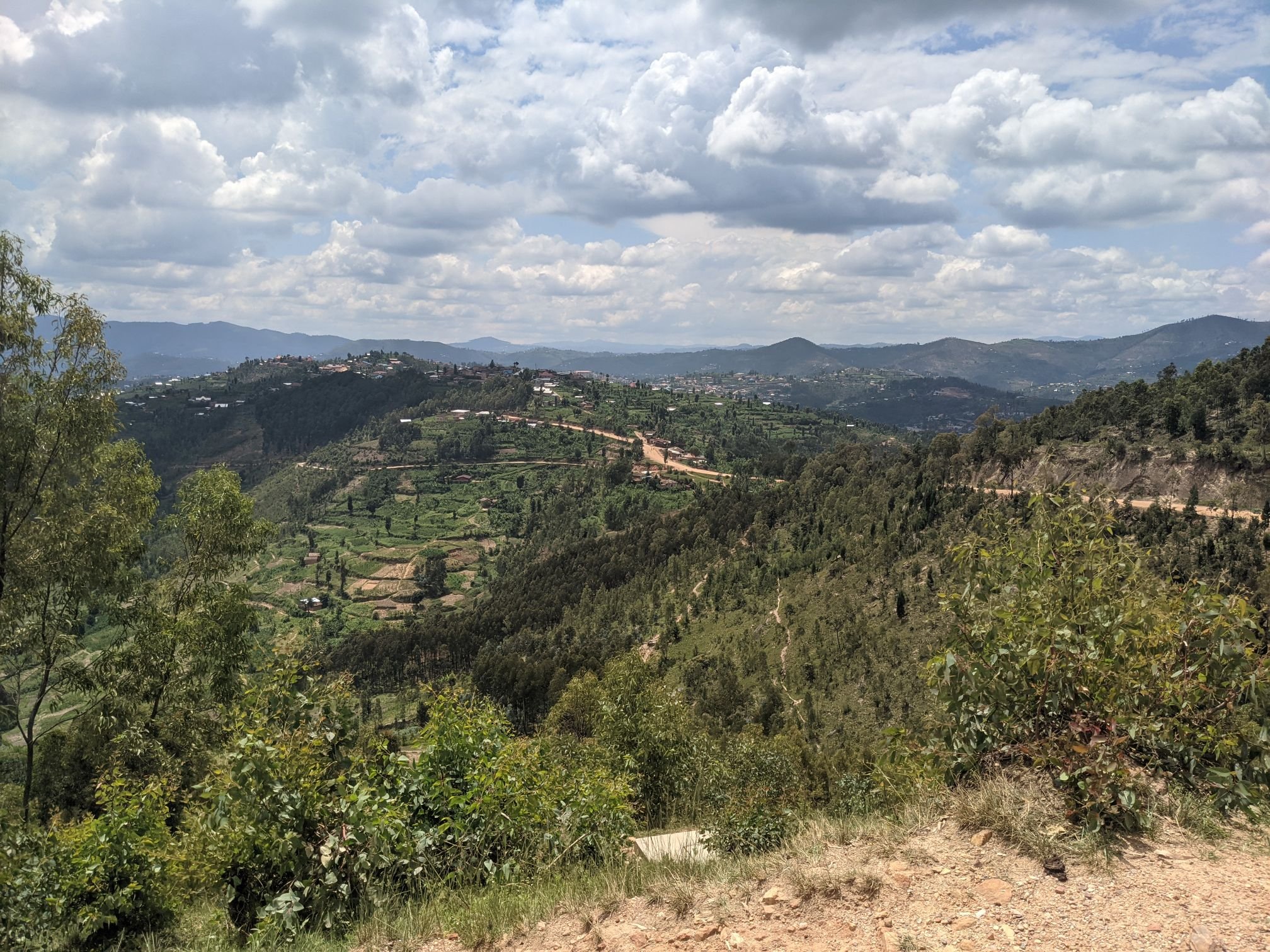


In one village the road was strep enough that it had been paved with cobbles. I was glad; I wouldn’t have been able to maintain traction otherwise.


After several hours of making slow progress on the bumpy roads I returned to the tarmac. It was no less hilly but at least now I could go fast on the descents and make the most of my momentum. Begging increased significantly, most children would shout “money,” with hand outstretched.

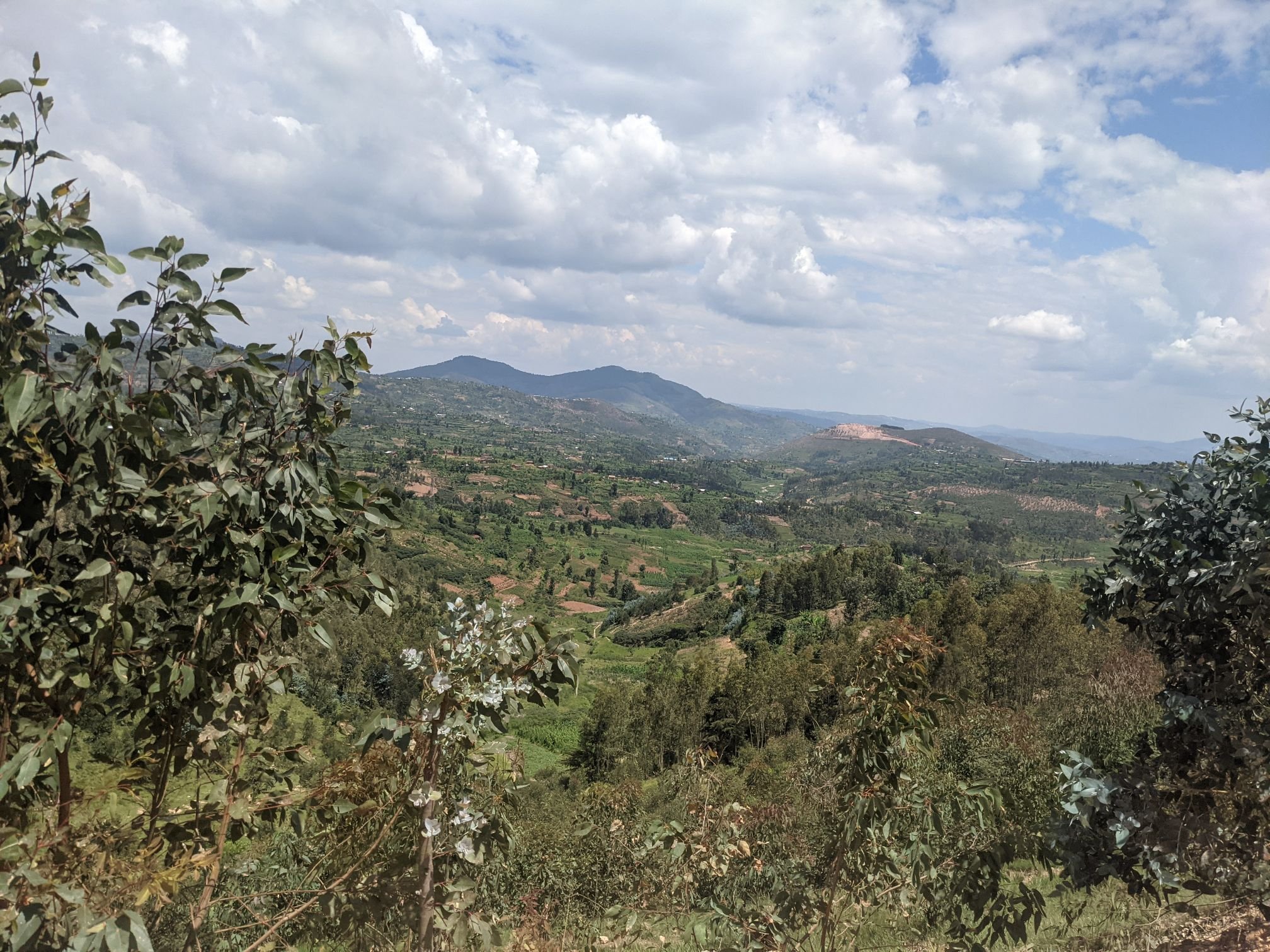
I was approaching a national park, where any accommodation would be expensive. So I rode a few hundred metres off from the main road to a guesthouse marked on iOverlander. At 12,000 Francs it is a little expensive, but I did at least get a hot shower – the first in a couple weeks.
I was cycling before dawn, making my way back to the main road.
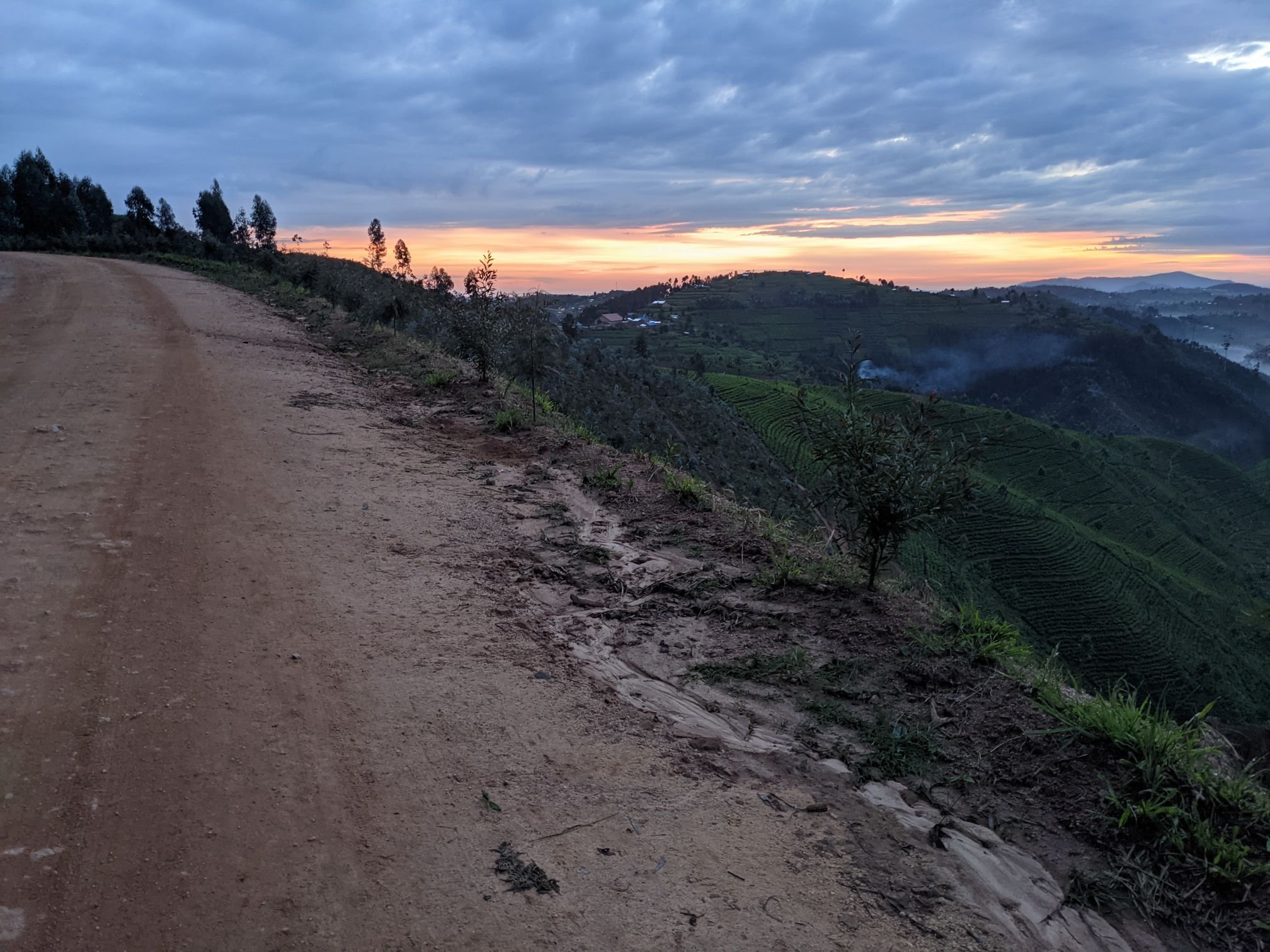
I’d been on tarmac for all of 10 seconds before a child was running after me, gasping for breath but still managing to call out “give me money.” Thankfully I pretty soon entered Nyungwe National Park, where it was much quieter.

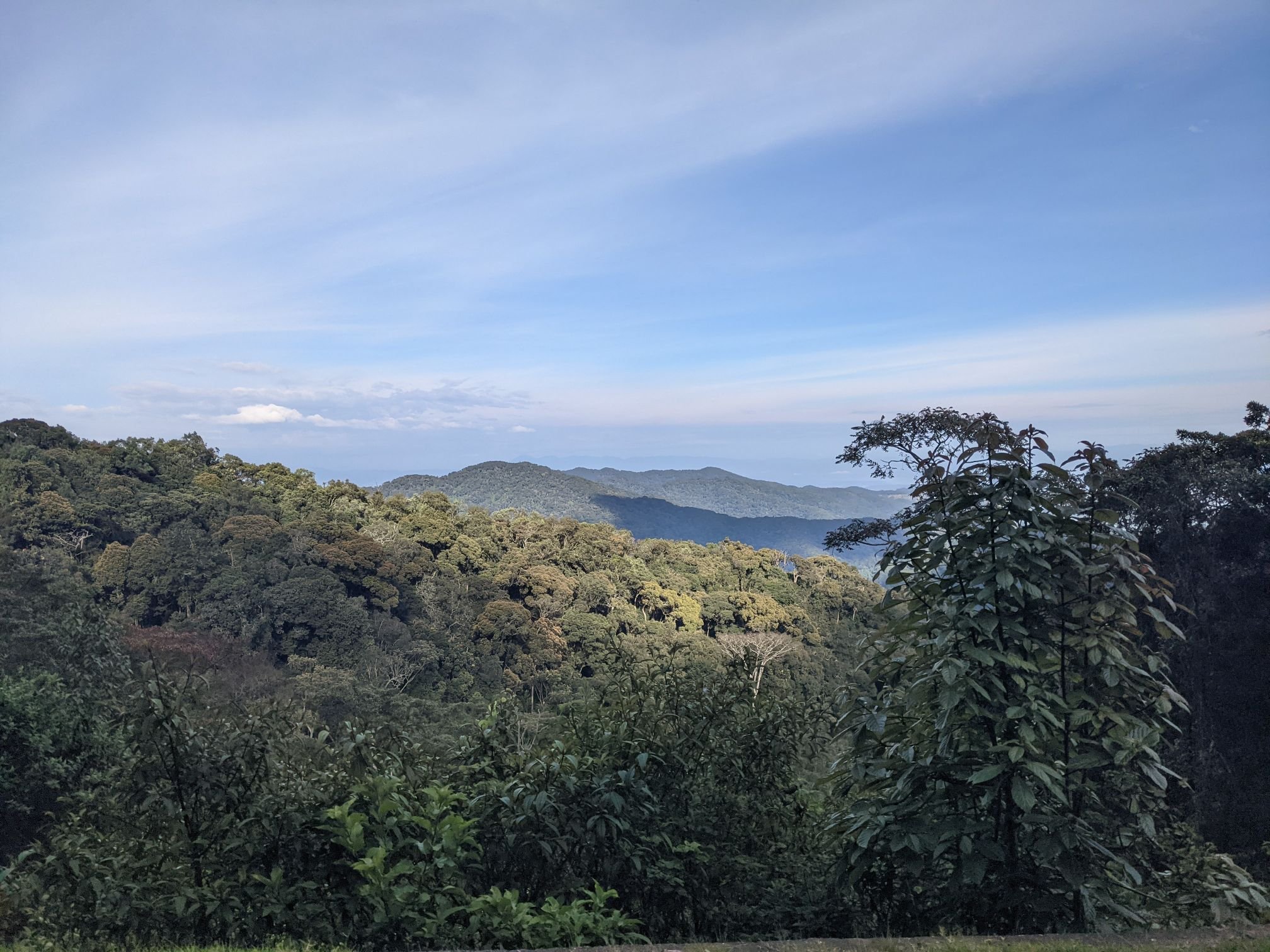
True to Rwandan form, rolling hills continued through the park. There were lots of soldiers around. They seemed a more professional outfit than their neighbours. I saw about 10 patrols, which were remarkably uniform. Four soldiers in camo, walking in single file, about 20 metres between them. The third in line carries a belt-fed light machine gun, the others carry assault rifles. Second in line carries a radio with an aerial about a metre long.
The other primates I saw in the park were monkeys! They tended to disappear into the trees when they saw me, so it was difficult to get good pictures.

The road through this park was mountainous, constant ups and downs, with a high point a little over 2500m. At some point I crossed the African continental divide, going from the drainage area of the Nile to that of the Congo. Does that mean I crossed to West Africa?
As I reached the end of the park, the hills began to descend. Out of the park, I dropped down to 1500m, on the shores of Lake Kivu.
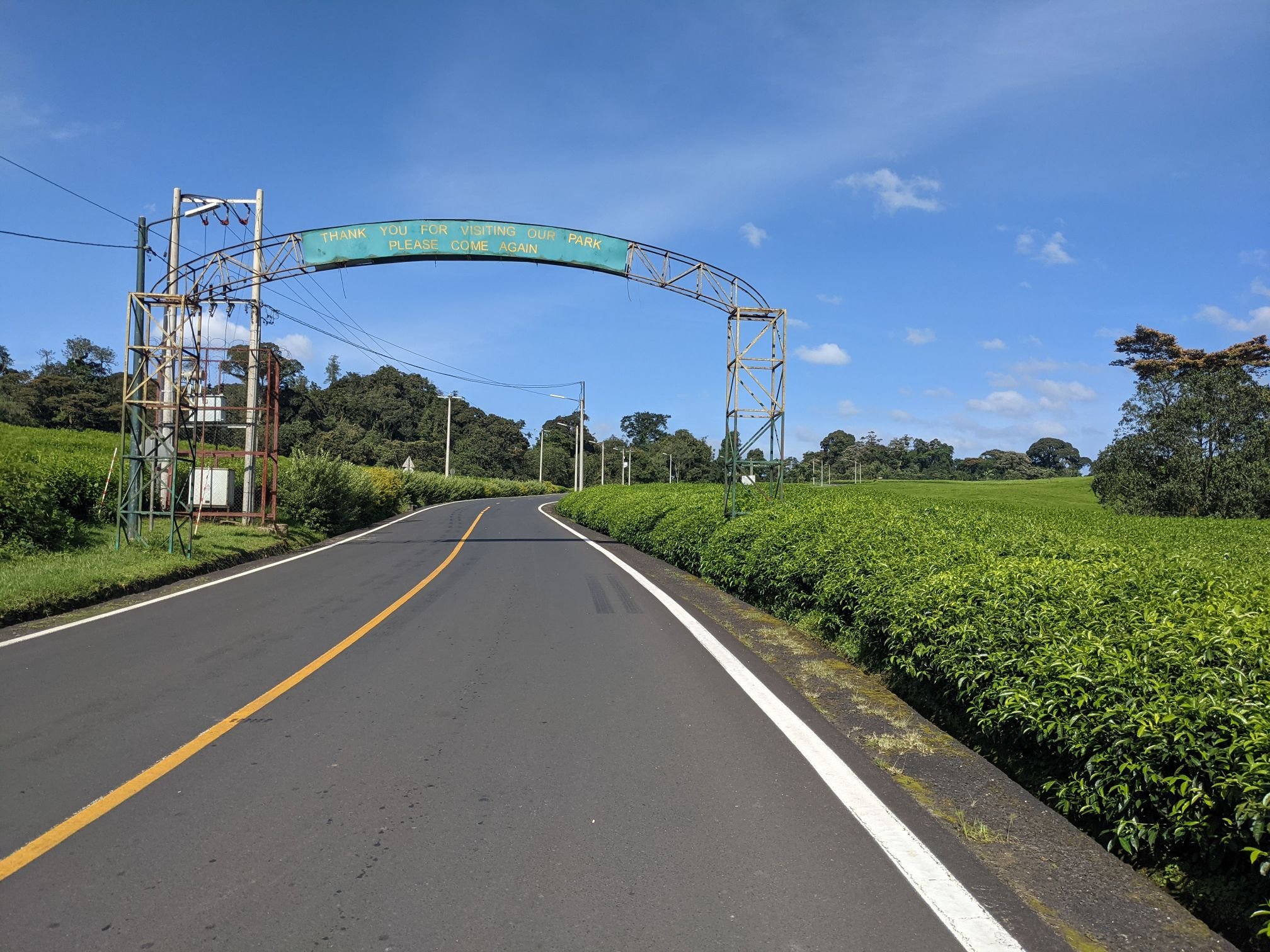


The road continued alongside the lake. Often, a road beside a lake will be quite flat – not in Rwanda! Constant ups and downs, occasionally rising 300m above the lake before dropping straight back down.

The adults in this area generally weren’t too bothersome but, being a weekend, there were children everywhere. Most yell out demanding money, many run chasing after me, which does get tiresome. A few kids (and some young men showing off) try to stand in the road to force me to stop. I look straight at them, speed up, and smile… They get out of the way.
After a long day I reached the town of Rubengera and found a guest house. The rooms here are labelled Chambre 01, 02, etc – and the owner speaks a little French (merci, bien and bonjour, anyway) which seems to be quite common for the area. French was the language of educated Rwandans for most of the last century, with English only recently gaining prominence.
Dec 2: 98 km
Dec 3: 58 km
Dec 4: 108 km
The recurring harassment for money would drive me crazy. I don’t quite know what I tour for, but being hassled by the locals isn’t it!
LikeLike
Yeah, it’s not great. Looking forward to getting a bit further south where it should be less of an issue
LikeLike